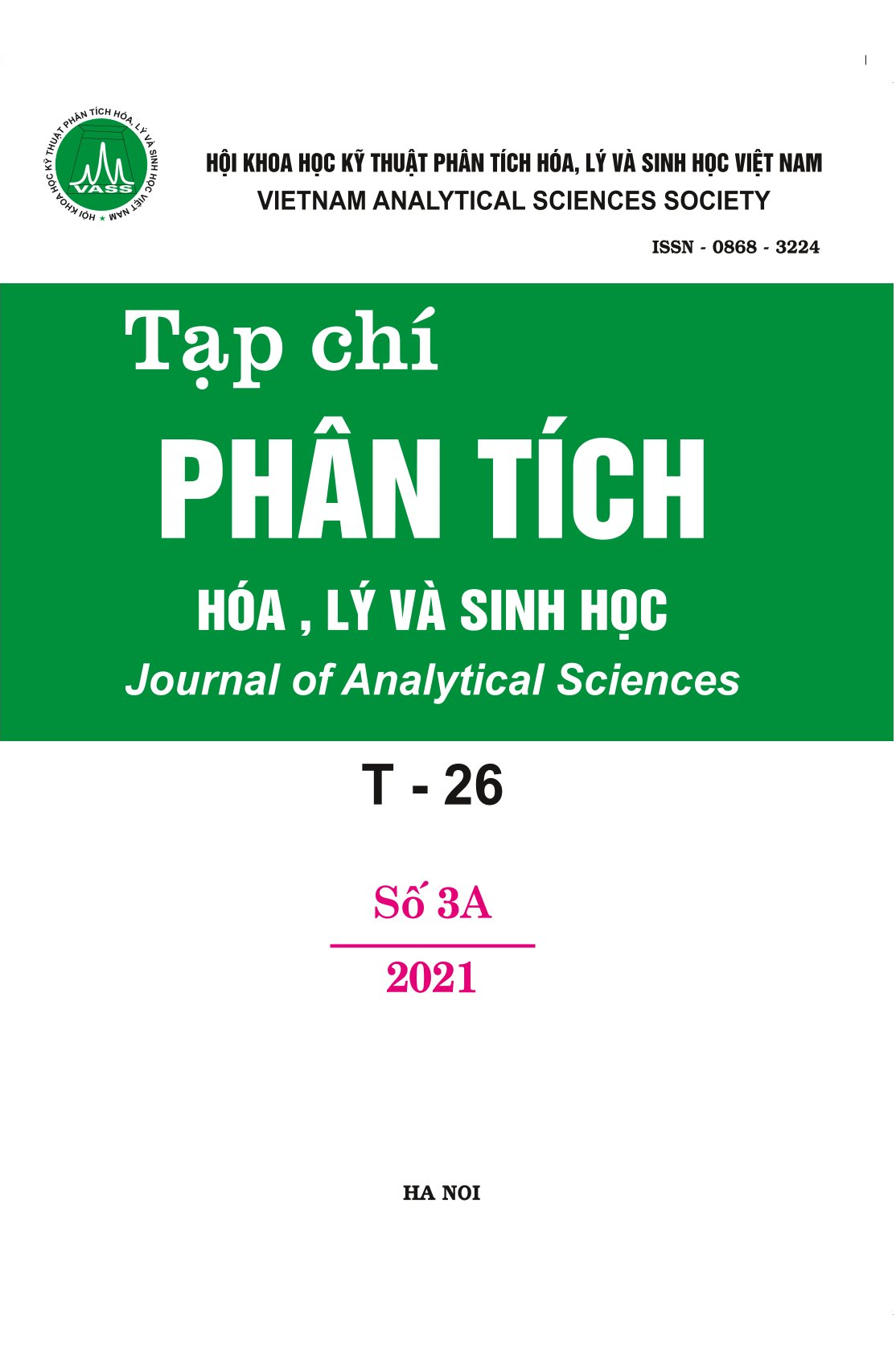CHẾ TẠO VÀ KHẢO SÁT TÍNH CHẤT CỦA XI MĂNG XƯƠNG ACRYLIC CÓ CHỨA HYDROXYAPATIT BIẾN TÍNH VINYL TRIMETOXYSILAN
Tóm tắt
In this study, the hydroxyapatite (HAP) nanoparticles were used as a reinforcement to improve the
mechanical properties and thermal property for acrylic bone cements. Surface modification of origin
HAP (oHAP) was performed by using solution method with vinyltrimethoxysilane coupling agent
(VTMS). Fourier transform infrared spectroscopy (FTIR) and energy dispersive X-ray (EDX) analysis
revealed the presence of hydrolyzed VTMS on surface of modified HAP nanoparticles. Acrylic bone
cements based on polymethylmethacrylate (PMMA) and origin HAP (oHAP) or modified HAP (mHAP)
have been prepared and their properties have been investigated. The obtained results showed that
mechanical properties of PMMA/mHAP bone cements were improved in comparison with those of
PMMA/oHAP cements. With increasing oHAP content, tensile strength and flexural strength of
PMMA/oHAP cements strongly decreased. On the contrary, tensile strength and flexural strength of
PMMA/mHAP bone cements reached the highest values of 55.24 and 45.26 MPa at mHAP content of 5
wt.%, respectively. Thermal gravimetric analysis (TGA) showed that onset degradation temperature of
PMMA/mHAP (10%) bone cement was lower than that of PMMA/oHAP (10%) bone cement, however,
that of PMMA/mHAP (5%) bone cement was higher. Scanning electron microscopy (SEM) images
confirmed that PMMA/oHAP and PMMA/mHAP bone cements exhibited multi-phase morphology with
prepolymer, synthesized polymer, inorganic and pore phases. The mHAP particles dispersed regularly
in the post synthesized PMMA matrix with size from 50 to 200 nm. This demonstrated the good effect of
the modification of HAP by VTMS.

